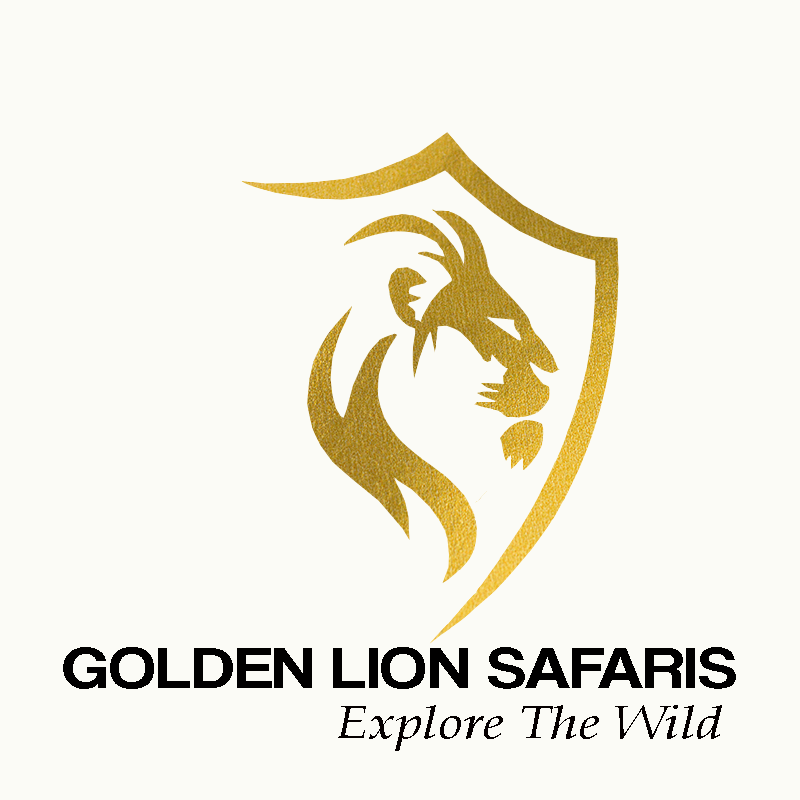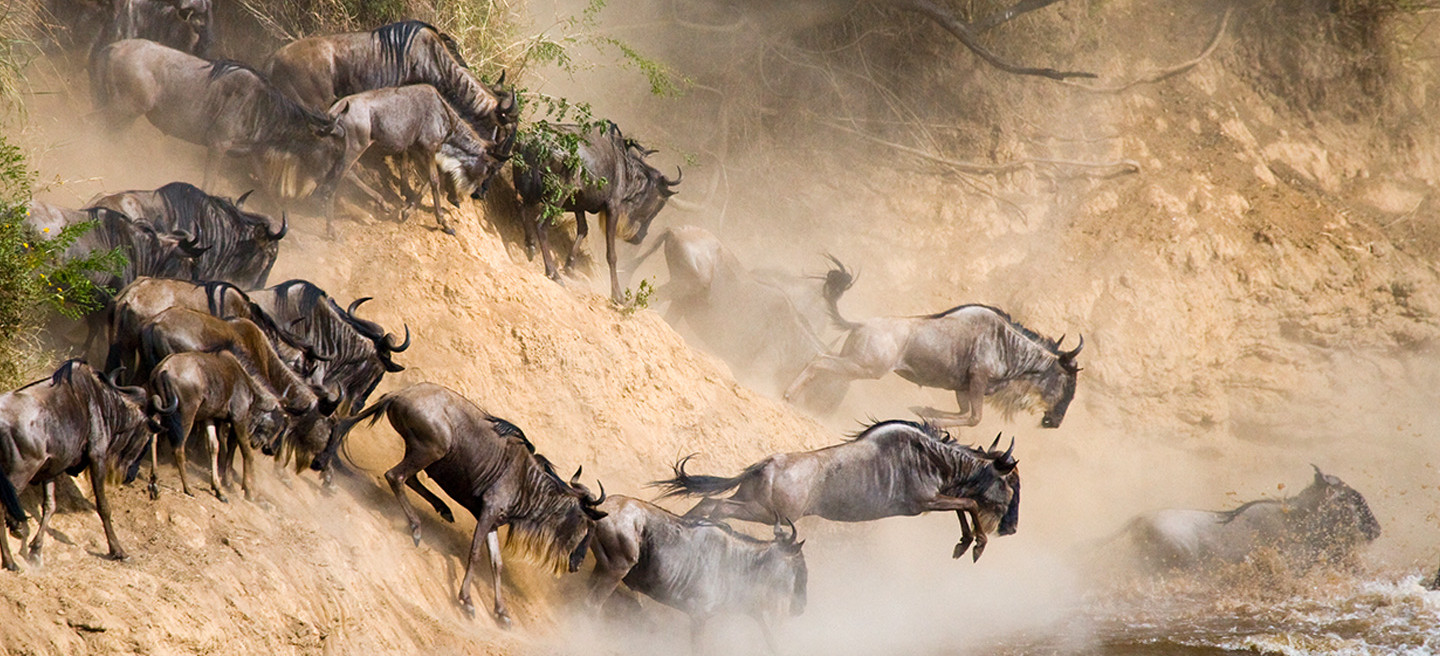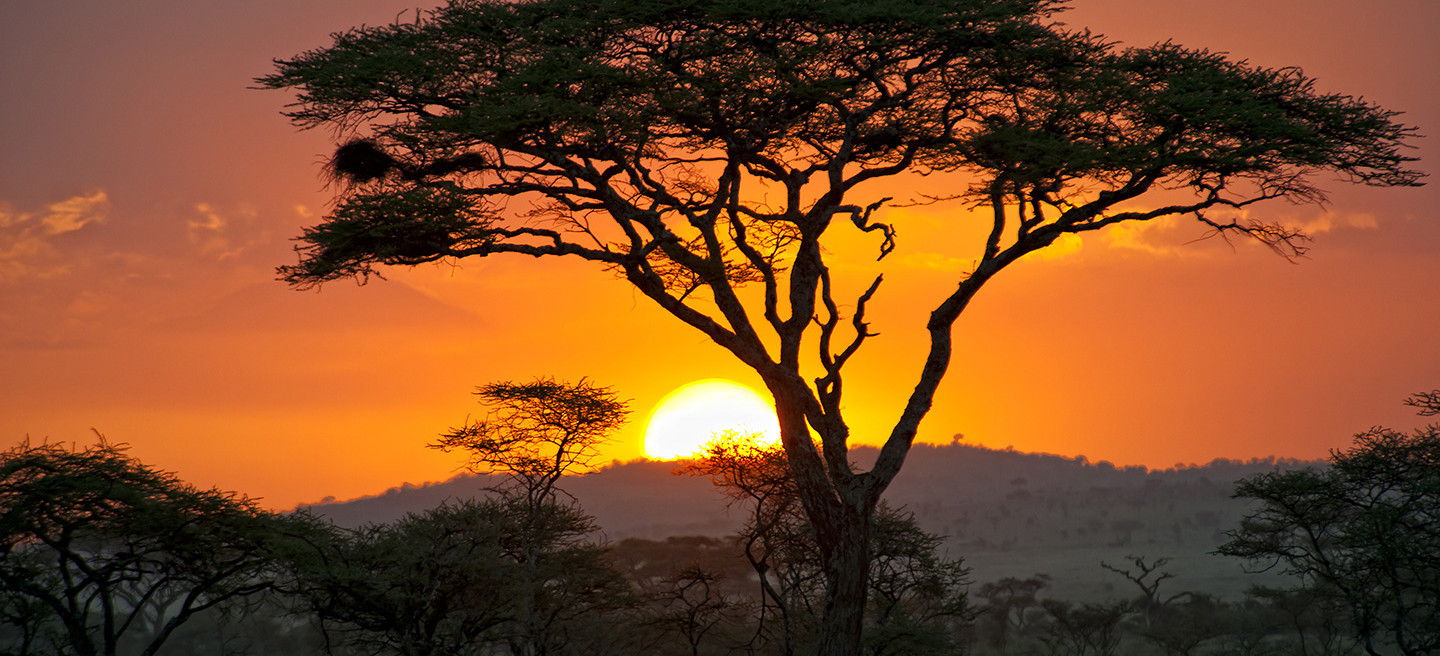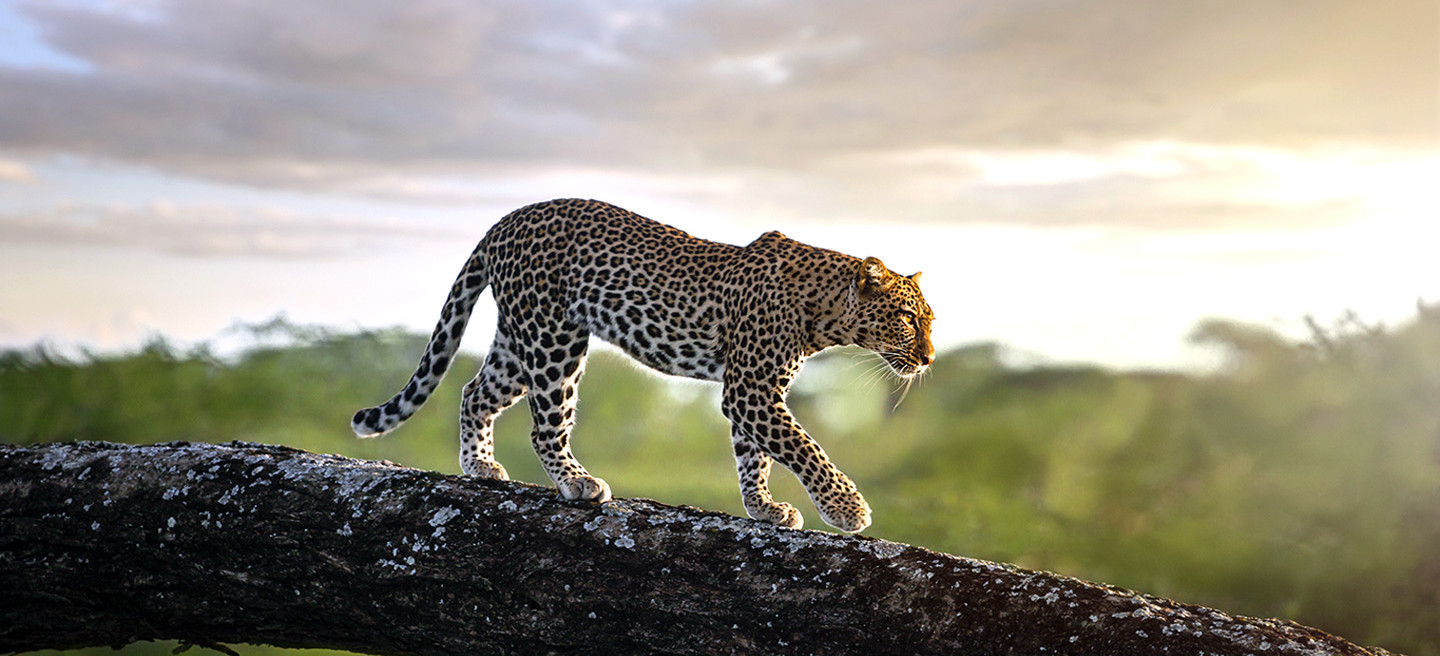Serengeti National park
Imagine Africa, and you probably imagine the Serengeti
“Epic” barely begins to describe the Serengeti’s grasslands that stretch beyond the eye, its acacia-covered plains where lions roam. The name comes from a Maasai word that means “the place where the land runs on forever,” and it’s easy to see why: these 5,700 square miles of ancient wilderness never run out of horizon.
This park is Tanzania’s–and arguably, the world’s–premiere safari location. Its main draw is the chance to witness the Great Migration, where some 2 million wildebeest and zebra move in a continuous, annual cycle through the rolling savanna hills in pursuit of the rains. When you go determines what part of the migration you’ll see. From January to March is the calving season, when baby animals are born in the southern Serengeti. From April to June is the Rut, a mass breeding event on the southern plains where male animals become especially territorial. In July, crocodiles begin to snap at the hooves of fleeing wildebeest during periodic Mara river crossings.
All of Africa’s Big Five can be spotted in the Serengeti: African buffalo, lion, leopard, rhino, and elephant. You can find leopards resting in acacias limbs and lions basking in the sun on rocky outcrops called kopjes that dot the plains. Lions are everywhere in Tanzania–the country has more lions than all of Kenya, South Africa, Botswana, Zimbabwe, Zambia and Namibia combined–and the Serengeti alone has over three thousand.
The staggering variety of wildlife makes the Serengeti a haven of biodiversity. Giraffe, zebra, hyena, cheetah, baboon and hippo are but a few of the high-profile animals that live in the park. It’s also a birder’s paradise, home to over 500 species that include ostrich, tawny eagle, superb starling and lilac-breasted roller.
Four regions define the Serengeti:
The Southern Plains. Open, grassy plains that the Serengeti is famous for.
The Central Seronera Valley. A network of river valleys with rich grazing lands that attract the highest density of wildlife.
The Western Corridor. From Lake Victoria in the west, the Western Corridor follows the Grumeti River, the site of the Great Migration’s first perilous river crossing.
The Northern Serengeti. These remote wilds contain the crocodile-infested waters of the Mara River, a legendary site for exciting Great Migration river crossings.
The Serengeti is more than just a natural paradise with breathtaking sunsets and star-filled night skies. It’s a full sensory experience that stays with you long after you’ve wiped the mud from your boots. The memories you make here travel home with you. But you’ll leave a piece of your heart in the Serengeti.






